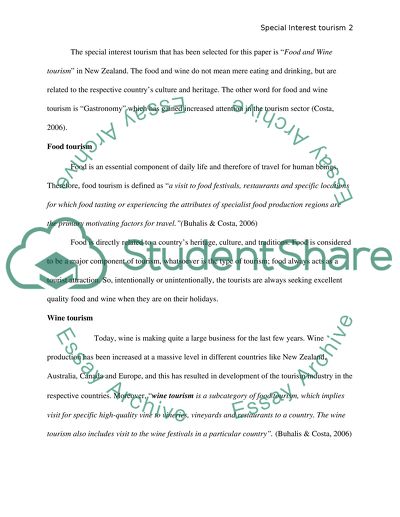Cite this document
(“Food And Wine Tourism in Newzealnd Essay Example | Topics and Well Written Essays - 4000 words”, n.d.)
Retrieved from https://studentshare.org/environmental-studies/1413248-food-and-wine-tourism-in-newzealnd
Retrieved from https://studentshare.org/environmental-studies/1413248-food-and-wine-tourism-in-newzealnd
(Food And Wine Tourism in Newzealnd Essay Example | Topics and Well Written Essays - 4000 Words)
https://studentshare.org/environmental-studies/1413248-food-and-wine-tourism-in-newzealnd.
https://studentshare.org/environmental-studies/1413248-food-and-wine-tourism-in-newzealnd.
“Food And Wine Tourism in Newzealnd Essay Example | Topics and Well Written Essays - 4000 Words”, n.d. https://studentshare.org/environmental-studies/1413248-food-and-wine-tourism-in-newzealnd.


